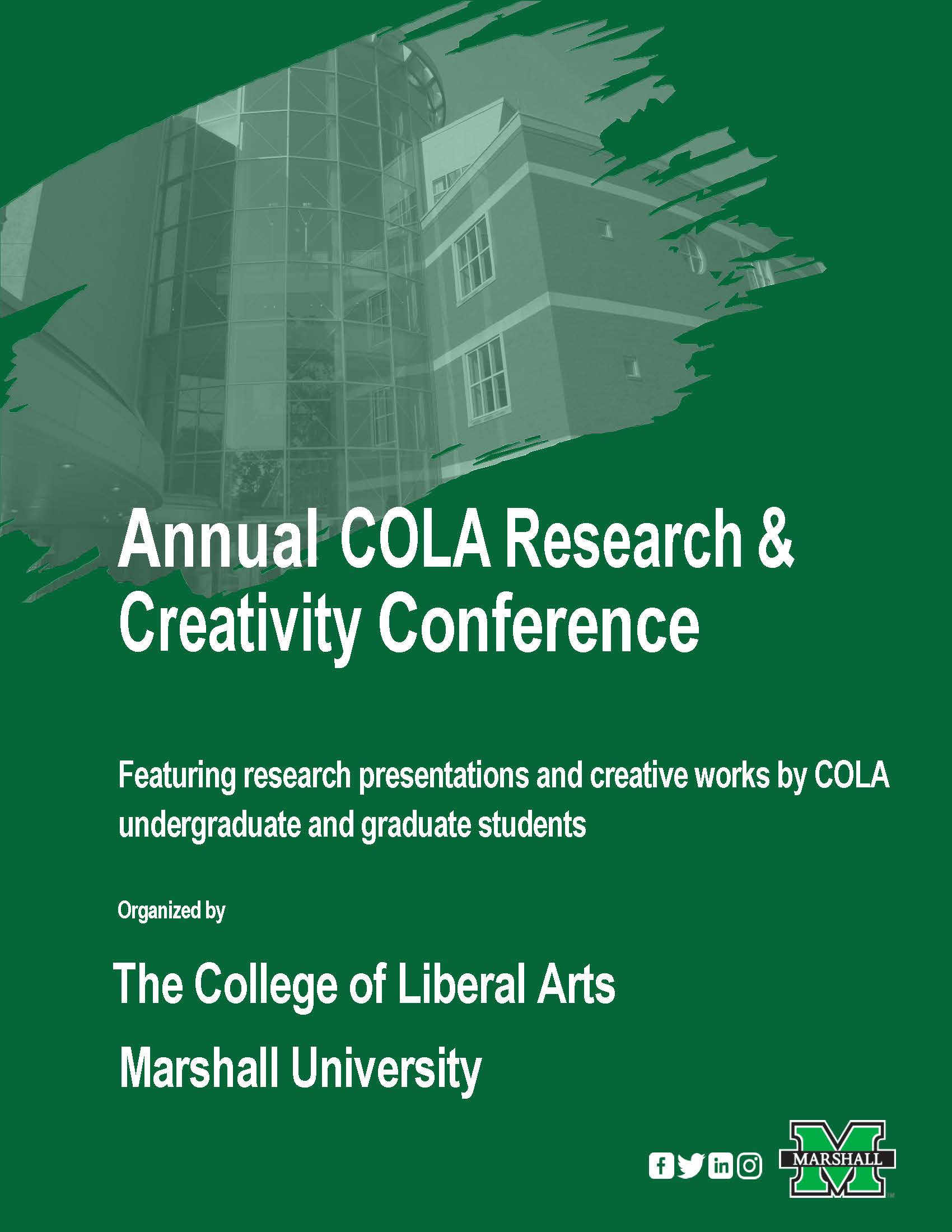The Art of Distraction: The Anti-Novel’s Resistance to Interpretation
Document Type
Panel Presentation
Start Date
23-4-2021 12:15 PM
Keywords
Literature, Interpretation, Anti-Novels
Biography
Hallie Knipp is a graduate student in the Department of English. She is interested in identity narratives and composition.
Major
English
Advisor for this project
Forrest Roth
Abstract
Roland Barthes coined the term “the death of the author” in his 1967 essay of the same name, essentially arguing that authorial intent should have no place in the analysis of a text, that the author dies when his work is published. Barthes’s theory remains a popular component of literary theory courses, and is often presented alongside aspects of reader response theory, largely outlined by Wolfgang Iser, which relies heavily on reader interaction with the text. These theories become further complicated when speaking of the anti-novel, specifically those in which the real-world author has created in-text authors in order to tell their story. Vladimir Nabokov’s Pale Fire, Italo Calvino’s If On a Winter’s Night a Traveler, and Mark Z. Danielewski’s House of Leaves are all told through various created-authors, thus serving to distance the real-world authors from their texts, or to self-employ death of the author. When analyzing these selected anti-novels through these various lenses, one must sort through several layers of authorship in order to reach the true author, a challenging task which many might avoid; these texts also present as parodies of the academic genre, which inherently resists further interpretation as such an act would be to literally interpret the satirized interpretation. Thus, these texts are left as the perfect examples of Susan Sontag’s argument “against interpretation”-- which is not to say that they are uninterpretable, but rather that they actively resist being interpreted at the authorial level.
The Art of Distraction: The Anti-Novel’s Resistance to Interpretation
Roland Barthes coined the term “the death of the author” in his 1967 essay of the same name, essentially arguing that authorial intent should have no place in the analysis of a text, that the author dies when his work is published. Barthes’s theory remains a popular component of literary theory courses, and is often presented alongside aspects of reader response theory, largely outlined by Wolfgang Iser, which relies heavily on reader interaction with the text. These theories become further complicated when speaking of the anti-novel, specifically those in which the real-world author has created in-text authors in order to tell their story. Vladimir Nabokov’s Pale Fire, Italo Calvino’s If On a Winter’s Night a Traveler, and Mark Z. Danielewski’s House of Leaves are all told through various created-authors, thus serving to distance the real-world authors from their texts, or to self-employ death of the author. When analyzing these selected anti-novels through these various lenses, one must sort through several layers of authorship in order to reach the true author, a challenging task which many might avoid; these texts also present as parodies of the academic genre, which inherently resists further interpretation as such an act would be to literally interpret the satirized interpretation. Thus, these texts are left as the perfect examples of Susan Sontag’s argument “against interpretation”-- which is not to say that they are uninterpretable, but rather that they actively resist being interpreted at the authorial level.



